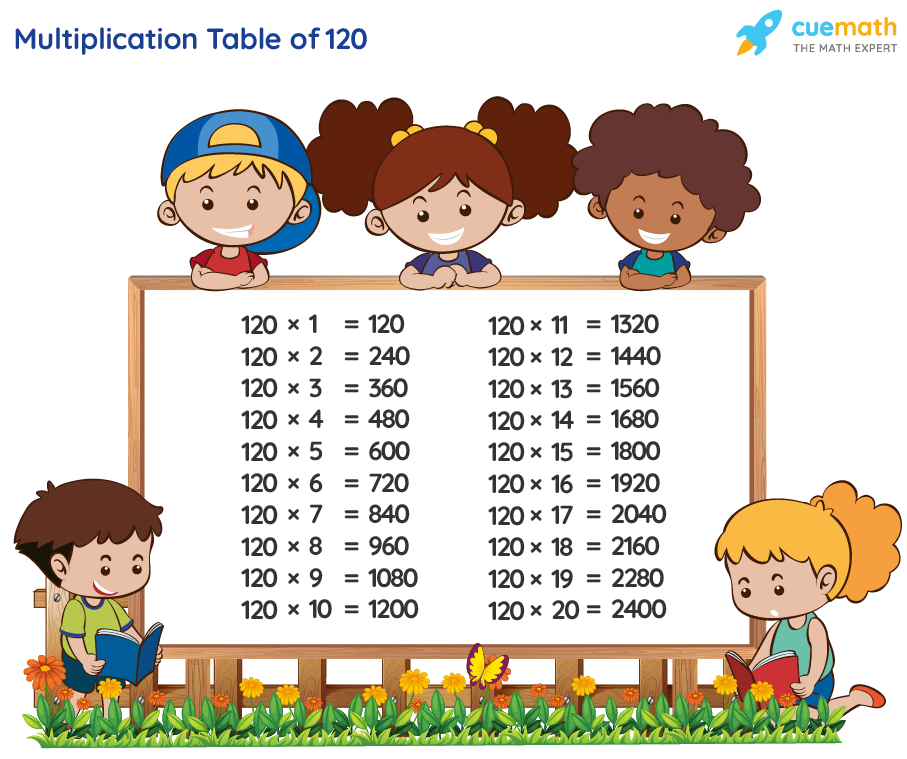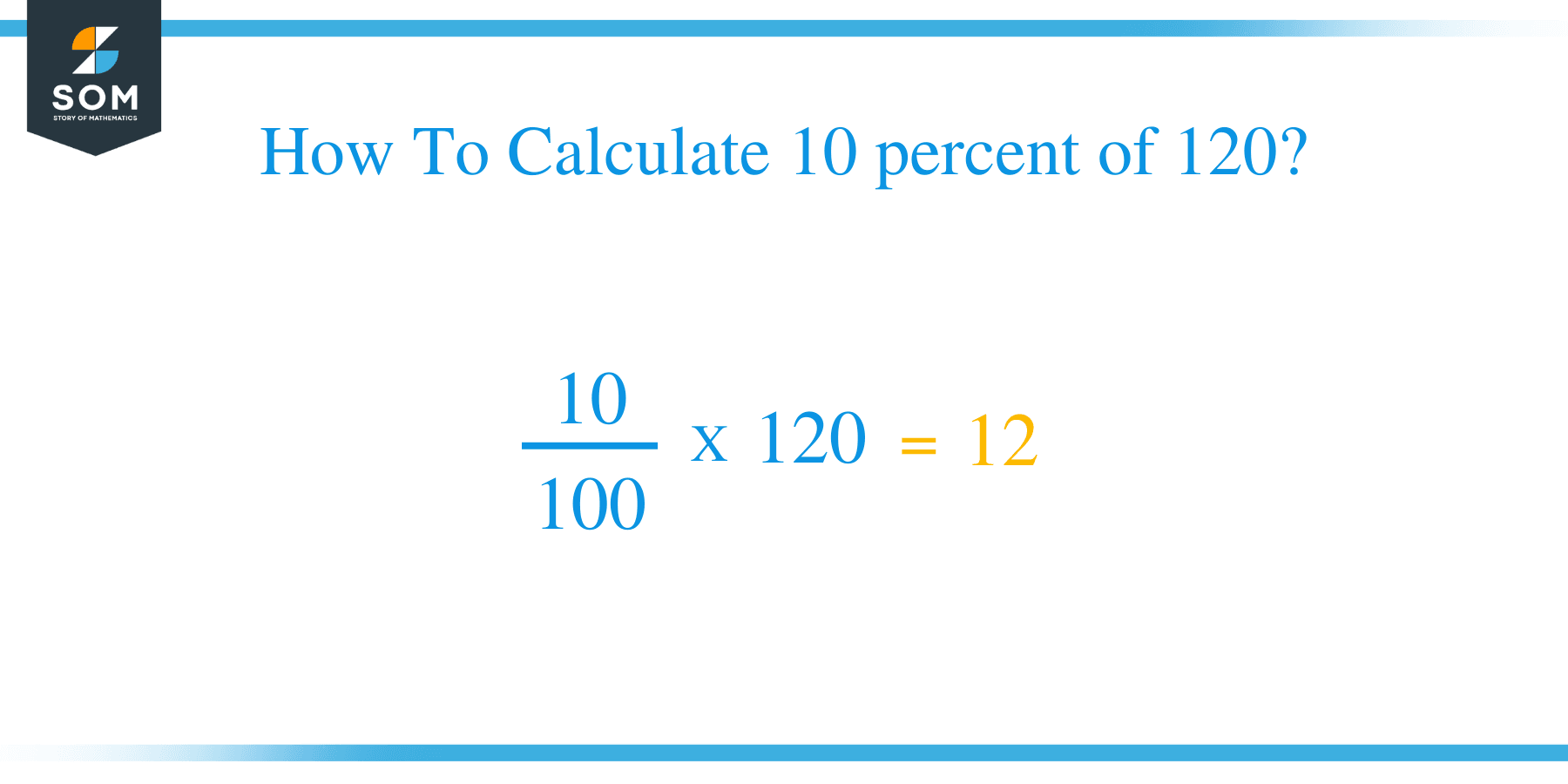Alright folks, let me just throw this out there: math doesn’t have to be scary. Seriously, when someone asks, "What is 1/6 of 120?" it sounds like a brain teaser, but it’s actually super simple once you break it down. This article is all about unraveling the mystery of fractions and showing you how easy it is to solve problems like this. If you’ve ever been intimidated by math or wondered why fractions matter in real life, you’re in the right place. So buckle up, because we’re diving into the world of numbers—and trust me, it’s gonna be fun.
You might be thinking, "Why should I care about fractions? I’m not a math teacher or an engineer." But here’s the deal: fractions are everywhere. Whether you’re splitting a pizza with friends, measuring ingredients for a recipe, or figuring out discounts at the store, fractions play a role. Understanding how to work with them can save you time, money, and even embarrassment (yes, we’ve all been there). So, what exactly is 1/6 of 120? Let’s find out.
Before we dive deeper, let’s set the stage. Fractions are just a fancy way of talking about parts of a whole. They’re like slices of a pie—or, if you’re more into burgers, they’re like dividing your fries equally among your buddies. The concept of "1/6 of 120" might sound complicated, but once you understand the basics, it’s as easy as pie. Or fries. You get the idea.
Read also:Bella And The Bulldogs Anthony Keyvan The Rise Of A True Star
Understanding Fractions: Breaking It Down
Let’s start with the basics. A fraction is made up of two parts: the numerator (the top number) and the denominator (the bottom number). Think of the numerator as the "part" and the denominator as the "whole." In the case of 1/6, the numerator is 1, which means we’re looking at one part, and the denominator is 6, which means the whole is divided into six equal parts.
Here’s a quick analogy: imagine you have a chocolate bar divided into six pieces. If you take one piece, you’ve got 1/6 of the chocolate bar. Easy, right? Now, when we ask, "What is 1/6 of 120?" we’re essentially asking, "If we split 120 into six equal parts, how much is one part worth?"
How to Calculate 1/6 of 120
Alright, let’s do the math. To find 1/6 of 120, all you need to do is divide 120 by 6. That’s it. No magic tricks, no complicated formulas. Just good old division.
So, 120 ÷ 6 = 20. Boom. That’s your answer. 1/6 of 120 is 20. Simple, huh? But don’t stop there. Understanding the process behind the calculation is just as important as knowing the answer itself. Why? Because math isn’t just about getting the right answer—it’s about building problem-solving skills that you can apply to real-life situations.
Why Knowing Fractions Matters
Now that we’ve cracked the code on 1/6 of 120, let’s talk about why fractions matter in everyday life. Here’s the thing: fractions aren’t just for math class. They’re everywhere, and they help us make sense of the world around us. For example:
- Cooking and Baking: Ever tried doubling a recipe? Fractions are your best friend here. Whether you’re halving a cup of sugar or tripling the flour, fractions help you get the measurements right.
- Shopping: Discounts, sales, and percentage off deals? Fractions are hiding behind those numbers. Knowing how to calculate them can save you big bucks.
- Splitting Bills: Ever been out to dinner with friends and had to divide the check? Fractions make this process a breeze.
See what I mean? Fractions aren’t just abstract concepts—they’re practical tools that make life easier. And once you master them, you’ll wonder why you were ever intimidated by them in the first place.
Read also:Jojo Siwas Exboyfriend The Untold Story You Need To Know
Common Mistakes People Make with Fractions
Let’s face it: fractions can trip people up if they’re not careful. Here are some common mistakes to avoid:
- Forgetting to Simplify: If you end up with a fraction like 4/8, simplify it to 1/2. Always check for the simplest form.
- Mixing Up Numerators and Denominators: Remember, the numerator is the top number (the part), and the denominator is the bottom number (the whole).
- Skipping the Process: Don’t rush through the steps. Take your time to understand what the fraction represents and how to calculate it properly.
By avoiding these mistakes, you’ll become a fraction whiz in no time. Trust me, it’s worth the effort.
Real-Life Examples of Fractions in Action
Want to see fractions in action? Here are a few examples from everyday life:
Example 1: Splitting a Bill
Let’s say you and five friends go out to eat, and the total bill comes to $120. If you want to split the bill evenly, you’d divide $120 by 6. Guess what that equals? Yup, $20 per person. Fractions to the rescue!
Example 2: Measuring Ingredients
If a recipe calls for 3/4 cup of sugar and you’re doubling it, you’d multiply 3/4 by 2. That gives you 6/4, which simplifies to 1 1/2 cups. Easy peasy.
Example 3: Calculating Discounts
Imagine you’re shopping and you see a sign that says "20% off." If the original price is $120, you’d calculate 20% of $120, which is $24. Subtract that from the original price, and you’re left with $96. Fractions help you figure out how much you’re saving.
These examples show just how versatile fractions can be. Whether you’re dealing with money, food, or measurements, fractions are there to lend a hand.
Advanced Fraction Concepts
Once you’ve mastered the basics, you can move on to more advanced fraction concepts. Here are a few to explore:
- Mixed Numbers: These are fractions combined with whole numbers, like 2 1/2. They’re useful for representing quantities that aren’t whole numbers.
- Improper Fractions: These are fractions where the numerator is larger than the denominator, like 7/3. They’re great for simplifying calculations.
- Equivalent Fractions: These are fractions that represent the same value, like 1/2 and 2/4. Understanding equivalence helps with simplifying and comparing fractions.
By expanding your knowledge of fractions, you’ll be able to tackle more complex problems with confidence.
Tips for Mastering Fractions
Here are a few tips to help you become a fraction pro:
- Practice Regularly: Like any skill, mastering fractions takes practice. Try solving fraction problems every day to build your confidence.
- Use Visual Aids: Diagrams and pictures can make fractions easier to understand. Draw circles, rectangles, or even pizza slices to visualize the parts and the whole.
- Relate Fractions to Real Life: Whenever possible, connect fractions to real-world situations. This makes them more relatable and easier to grasp.
With these tips in your toolkit, you’ll be solving fraction problems like a pro in no time.
Conclusion: Embrace the Power of Fractions
So, there you have it. We’ve tackled the question, "What is 1/6 of 120?" and discovered that the answer is 20. But more importantly, we’ve explored why fractions matter and how they can make your life easier. Whether you’re splitting a bill, measuring ingredients, or calculating discounts, fractions are your trusty sidekick.
Now it’s your turn. Take what you’ve learned and start applying it in your daily life. And don’t forget to share this article with your friends and family. Who knows? You might just inspire someone else to embrace the power of fractions too. So, go ahead and spread the math love!
Table of Contents
- Understanding Fractions: Breaking It Down
- How to Calculate 1/6 of 120
- Why Knowing Fractions Matters
- Common Mistakes People Make with Fractions
- Real-Life Examples of Fractions in Action
- Example 1: Splitting a Bill
- Example 2: Measuring Ingredients
- Example 3: Calculating Discounts
- Advanced Fraction Concepts
- Tips for Mastering Fractions
Remember, math is all around us, and fractions are just one piece of the puzzle. Keep learning, keep exploring, and most importantly, keep having fun with numbers!


